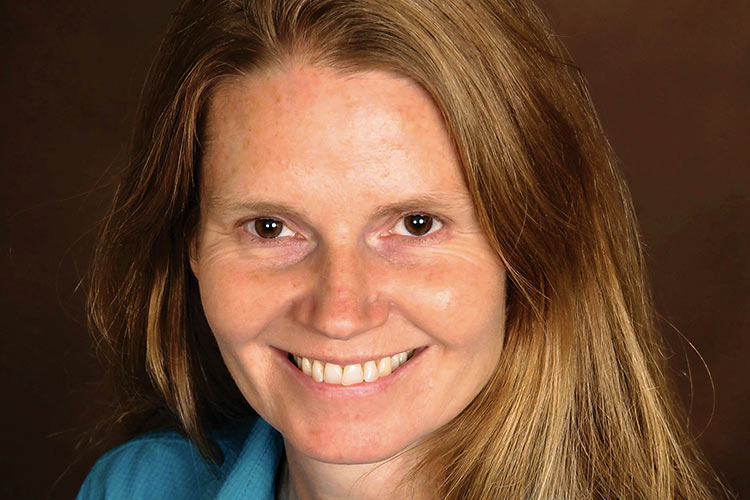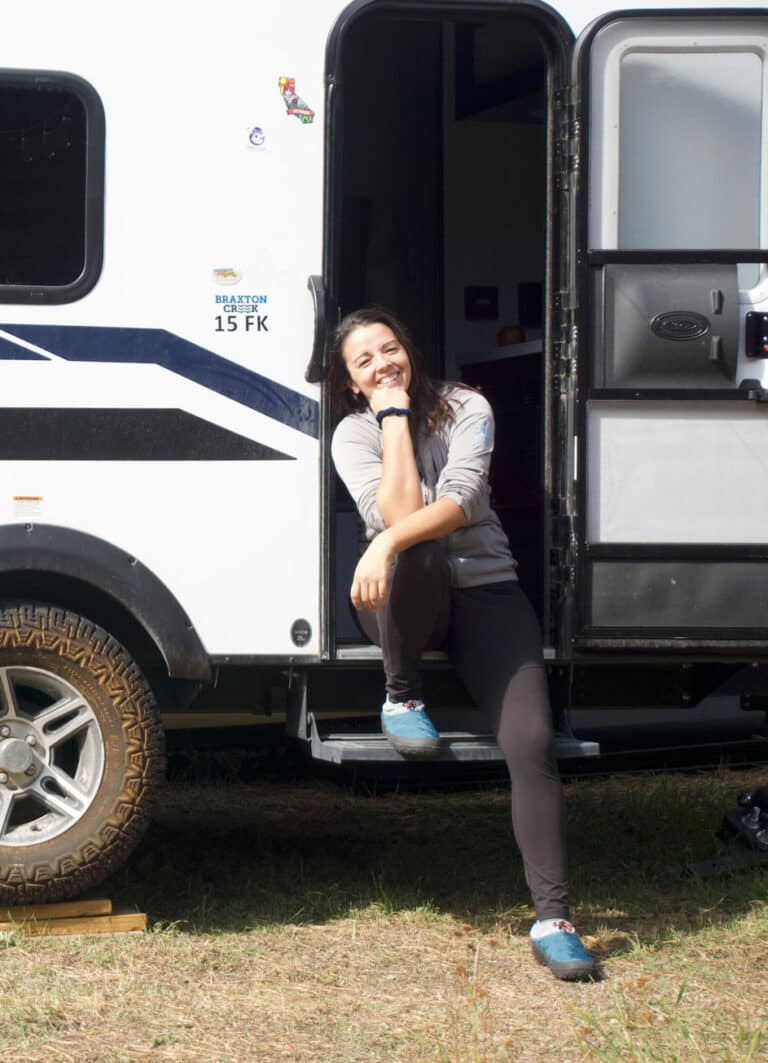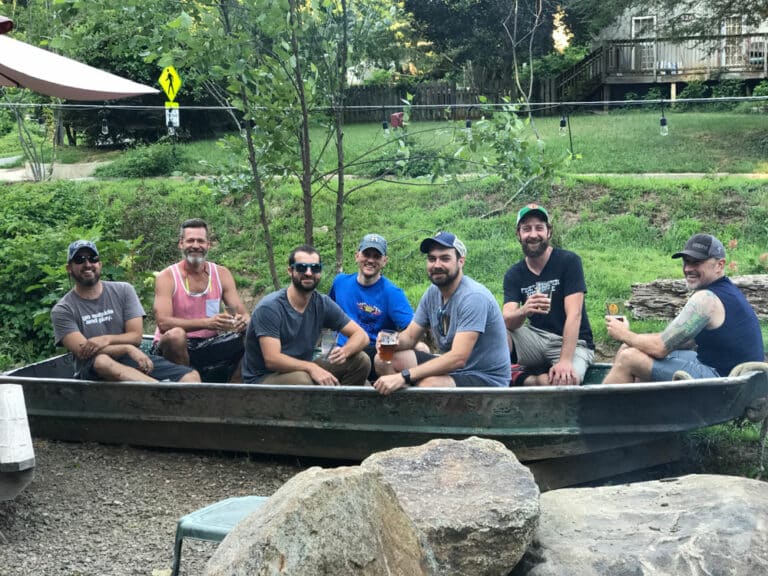Suzanne Dixon is already asking tough questions and taking the Appalachian Trail Conservancy in new directions.
The Appalachian Trail Conservancy (ATC)’s new first female president and CEO, Suzanne Dixon, is intimately familiar with advocating for open spaces. Growing up in Ireland, she spent time as a youngster in its national parks. After moving to the U.S., the first park she visited was Shenandoah. “Protecting this open landscape excited me the most,” she says
At her previous position at the National Parks Conservation Association (NPCA), she was instrumental in securing the San Antonio Missions National Historical Park as a World Heritage Site (WHS) and in designating other sites and monuments. Afterward, while conversing with a San Antonio taxi driver about local relevance of the designation, he asked, “What does it mean for me?” That’s the question she continually tries to answer with her conservation work—especially now with the ATC.
The 2,190-mile A.T. sees over 3 million visitors annually. The Appalachian Trail Conservancy’s founders in 1925 would be astonished at today’s 42,000 members and 6,500 volunteers. To continue this legacy, Dixon hopes to further connect the trail to communities and nearby towns so they can best leverage what’s right in their backyards.
“I don’t have many days off lately, but I love to hike, bike, and spend time with my husband and dog. Soccer also has long been a big outlet for me, and I miss it. When I commit to something, I’m all in, so when I don’t have time to train, I won’t show up only to play.
Last month, Dixon and the ATC launched its first official economic study of Appalachian Trail communities to look more deeply at the tourism benefits of the A.T. “We have to look beyond the footpath,” says Dixon. A.T hikers traveling to Damascus, for example, could also take advantage of the Virginia Creeper Trail. “These places have a shared identification, because the trail is contiguous,” Dixon says.
Another question that Dixon often asks is: “Who’s not at the table?” Dixon suggests that we can learn what’s important to others and expand the tent of people caring about the A.T. Since voices of people of color are often underrepresented in conversations about parks and trails, Dixon says that one solution could be to look to the ATC’s Next Generation Advisory Council, which brings together a group of 18- to 34-year-olds to consult with Congressional leaders about conservation issues and barriers to outdoor recreation and employment. “Congress loves to see their excitement and hear from them,” says Dixon. “The ATC could definitely build on this.”
The A.T. is not only about people. With a footprint of 250,000 acres, the A.T. protects one of the largest corridors of green space in the country. Preserving the trail preserves key habitat for species threatened by development and climate change. “The A.T. is ground zero for wildlife corridors,” says Dixon.
The ATC also has been publicly opposed to the Mountain Valley Pipeline, which will burrow under the A.T. and run parallel to it for over 90 miles. The ATC will continue to refine its strategies for this and similar issues, since, as Dixon predicts, “The Mountain Valley Pipeline will not be the last pipeline proposed.”
This year, the National Trails System Act celebrates its 50th anniversary. Dixon is keenly aware of the challenges presented by today’s divisive political climate, but she remains hopeful. “Public lands are nonpartisan,” she says. “How do we protect and preserve these places together?”
In celebration of the National Trail Systems Act, Dixon will be speaking at the Wilderness Skills Institute, located in Pisgah Forest on Wednesday, May 30 at 6 p.m. You can rsvp and find more details here: https://www.facebook.com/events/195575244591682/








